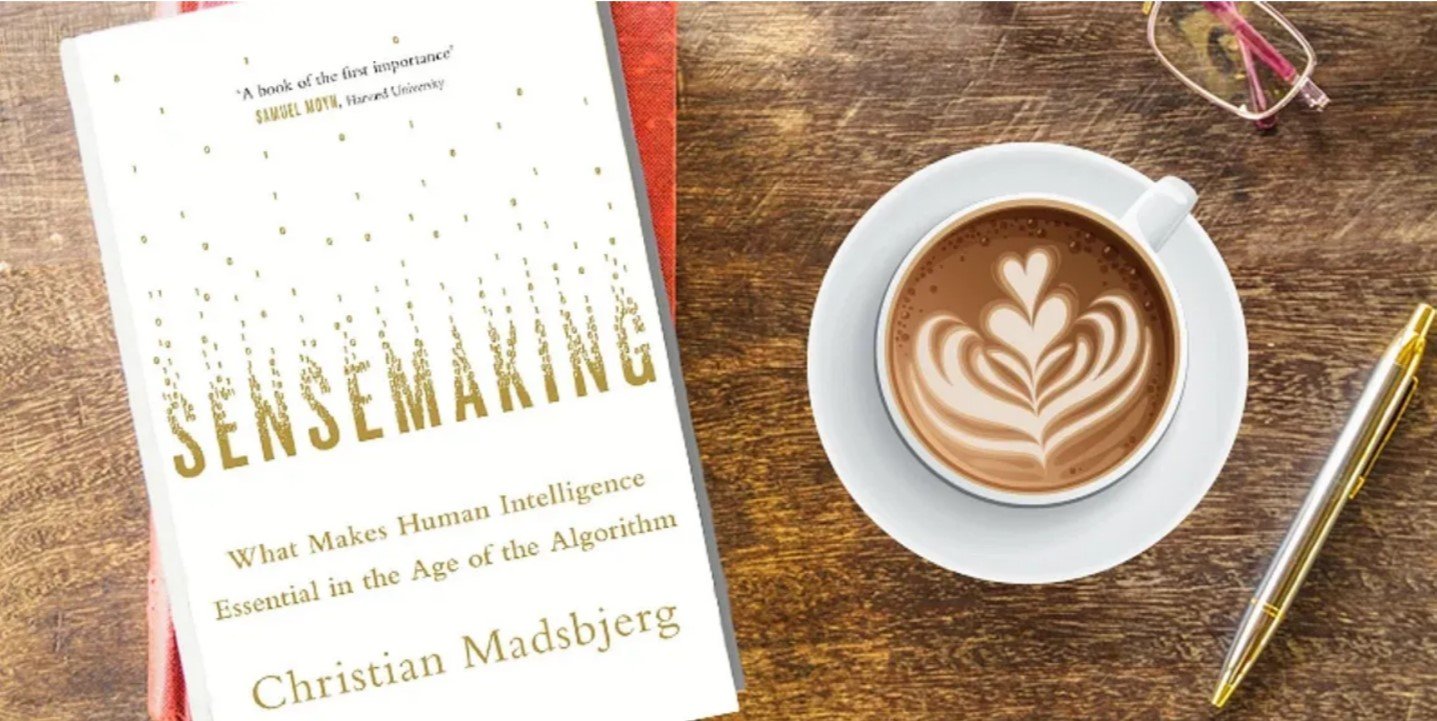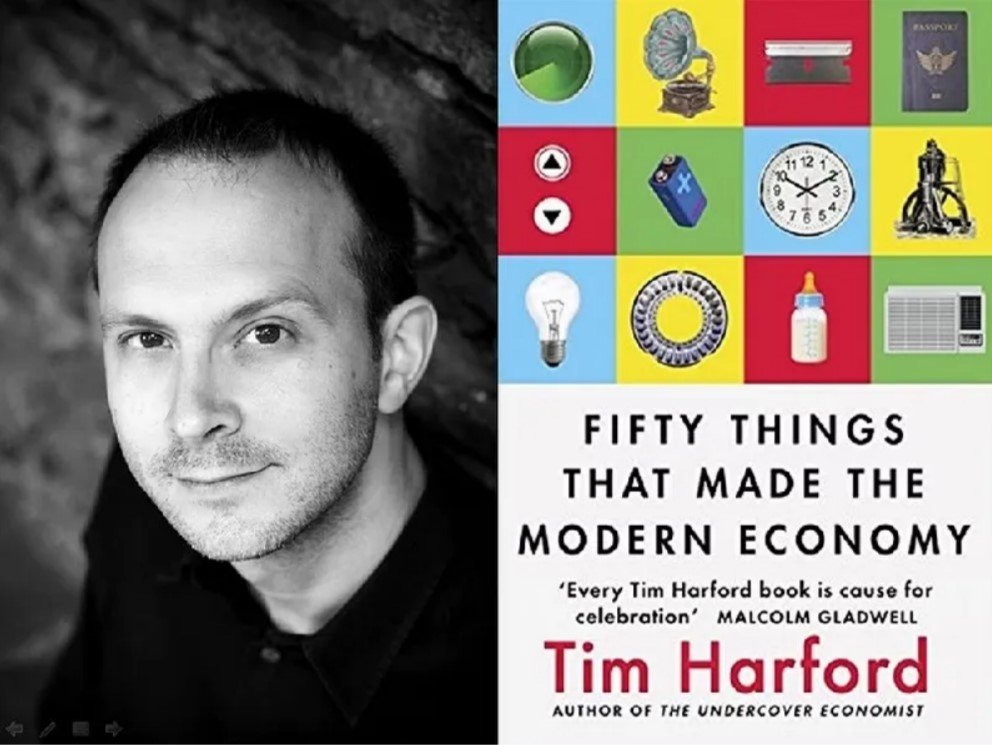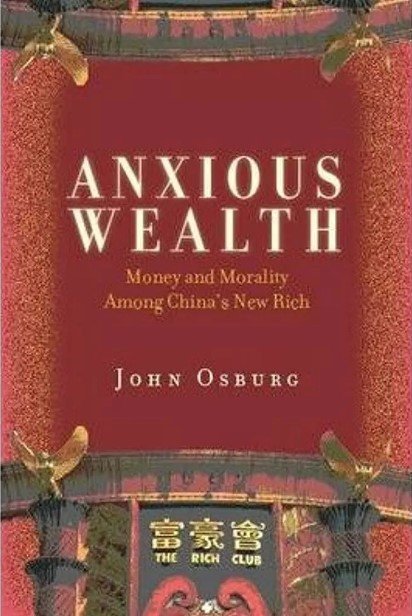10 books for my business students
I recently wrote a blog post about my business students and how they have lost the habit of reading that many of them had in elementary school. The blog even became an article in the Straits Times.
But I feel like I should give them a better sense of the books they could read.
So I have put together a list of books that are interesting and easily accessible, yet can broaden their horizons. I tried to include a range of books from the fields of economics, consumer culture, but also sociology and anthropology.
1. Sensemaking: What Makes Human Intelligence Essential in the Age of the Algorithm
Madsbjerg’s book is one of my personal favorites. He argues that society’s over-reliance on algorithms and Big Data has led to an erosion of critical and creative thinking. He points out the dangers of this dependence on number crunching, especially for businesses, educational institutions, and governments.
Instead, Madsbjerg introduces the concept of “sensemaking,” a method that encourages deeper engagement with culture, language, and history to solve the complex problems of organizations and societies. Madsbjerg is a co-founder of Red Associates, one of the leading consulting firms using social science to solve organizational issues.
2. Anthro Vision: How Anthropology Can Explain Business and Life
Another book looking at business from an anthropological lens. Gillian Tett, editorial director of the Financial Times and a trained anthropologist, illustrates the valuable role anthropology plays in understanding the world of business. By using an anthropological lens, one can identify the cultural factors that influence consumer behavior, understand organizational subcultures, and analyze the cultural changes that drive social trends.
3. The Art of Gathering
In “The Art of Gathering,” Priya Parker seeks to change the way we approach meetings and social events. Drawing on her background in conflict resolution, Parker challenges conventional notions of hosting and emphasizes the importance of meaningful connections.
The book offers a refreshing perspective on how to create memorable and impactful experiences. Useful for my business students to think about how to run successful meetings and events.
4. Fifty Things That Made the Modern Economy
In the book “50 Inventions That Shaped the Modern Economy,” journalist and author Tim Harford presents a compelling exploration of the major inventions that have profoundly impacted our world. Harford takes readers on a historical journey that spans from ancient times to the present and covers a wide range of industries.
Rather than focusing only on the best-known inventions, Harford skillfully highlights fascinating anecdotes and unexpected discoveries to show how the global economy works. The book not only pays tribute to the inventors and their inventions, but also looks at the broader implications and unforeseen consequences of these groundbreaking achievements. A great blend of history, science, and economics.
5. Anxious Wealth
I love this book featuring rich entrepreneurs in Chengdu. For me this is a must read for people interested in consumer culture in China or even luxury. Goes way beyond the cliches about ostentation to look at the way people seek to belong, even among the super-rich.
6. Dreamers
Along with The Beautiful and the Damned, this is one of my favorite books about India and the recent evolution of Indian society.
I especially liked the first chapter, which is about the WittyFeed click farm in Indore. At the time of its closure, WittyFeed had over 100 employees. The story of young Indian writers producing content under catchy titles like “This is what you need to know about Amanda- Justin Bieber’s new girlfriend” to attract an American audience is surreal. The rest of the book is equally fascinating. A great take on Indian youth.
7. Stuff matters
Stuff Matters” by Mark Miodownik is an absolute gem. Miodownik draws on his own experiences and expertise to tell the fascinating stories behind metals, plastics and even concrete.
It is an incredible blend of history and scientific knowledge that opened my eyes to the wonders of the materials that surround us. This book helped me understand how materials shape society and the economy. Highly recommended.
8. This is what inequality looks like
I assign a chapter of this book in my class to explain the importance of social class and inequality in the context of Singapore. The author shares her personal experiences and research on the lives of low-income individuals, highlighting the stark contrasts and systemic inequalities in society.
Teo You Yenn raises important questions about the impact of inequality and offers insights into how to address these issues. A very brave book.
9. How brands become icons
Written by my colleague Douglas Holt, How Brands Become Icons is one of my favourite books on brands. Using in-depth historical analysis of famous American brands such as Mountain Dew or Harley-Davidson, the book presents a systematic model for understanding how these brands achieve icon status.
Doug argues that building iconic brands requires a cultural perspective that goes beyond traditional brand strategies that focus on functional benefits and emotional connections.
10. Napoleon never slept
While my students know Steve Jobs or Napoleon, this is an interesting look at the amazing energy these leaders had. Based on his theory of interaction rituals, this is an interesting book for my students to think about how they can create and accumulate emotional energy in their careers and lives. I would still encourage them to sleep more though, especially given recent research on the effects of sleep.









